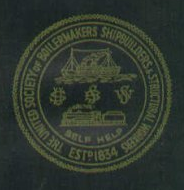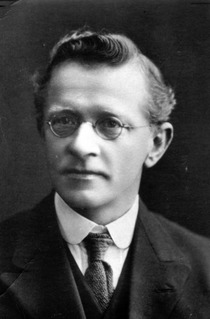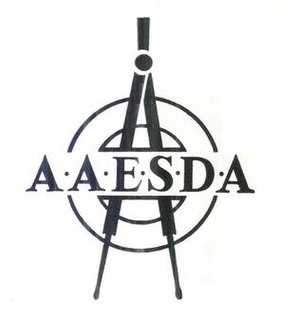In British politics, an affiliated trade union is one that is linked to the Labour Party. The party was created by the trade unions and socialist societies in 1900 as the Labour Representation Committee and the unions have retained close institutional links with it.

The Australian Manufacturing Workers Union (AMWU), or more fully the Automotive, Food, Metals, Engineering, Printing and Kindred Industries Union, is an Australian trade union. The AMWU represents a broad range of workers in the manufacturing sector, as well as associated industries, and is affiliated to the Australian Council of Trade Unions.

The Australian Workers' Union (AWU) is one of Australia's largest and oldest trade unions. It traces its origins to unions founded in the pastoral and mining industries in the 1880s and currently has approximately 80,000 members. It has exercised an outsized influence on the Australian trade union movement and on the Australian Labor Party throughout its history.
New Model Trade Unions (NMTU) were a variety of Trade Unions prominent in the 1850s and 1860s in the UK. The term was coined by Sidney and Beatrice Webb in their History of Trade Unionism (1894), although later historians have questioned how far New Model Trade Unions represented a 'new wave' of unionism, as portrayed by Webbs.

The Amalgamated Engineering Union (AEU) was a major British trade union. It merged with the Electrical, Electronic, Telecommunications and Plumbing Union to form the Amalgamated Engineering and Electrical Union in 1992.

The Amalgamated Society of Boilermakers, Shipwrights, Blacksmiths and Structural Workers (ASB) was a trade union in the United Kingdom. Many of its members worked in shipbuilding, in which industry it was the leading trade union, while over time it also developed strength in engineering and construction.

The Irish Trades Union Congress (ITUC) was a union federation covering the island of Ireland.

The Confederation of Shipbuilding and Engineering Unions (CSEU), often known as the Confed is a trade union confederation in the United Kingdom.

Francis Alfred Broad JP, usually known as Frank Broad, was a Labour politician in the United Kingdom who served as Member of Parliament (MP) for the Municipal Borough of Edmonton during the years 1922–1931 and 1935–1945.

The Federated Ironworkers' Association of Australia (FIA) was an Australian trade union which existed between 1911 and 1991. It represented labourers and semi-skilled workers employed in the steel industry and ironworking, and later also the chemical industry.
The Amalgamated Society of Engineers (ASE) was a major British trade union, representing factory workers and mechanics.

The Association of Draughting Supervisory and Technical Employees (ADSTE), originally known as the Association of Architects, Engineers, Surveyors and Draughtsmen of Australia (AAESDA), was an Australian trade union which existed between 1915 and 1991. It represented white collar and technical-grade employees in both the private sector and the public service.
The Federated Moulders' (Metals) Union of Australia (FMMUA) was an Australian trade union which existed between 1899 and 1983. It represented moulders – skilled tradesmen who fabricated the moulds for casting metal products in foundries. In spite of only organising within a single skilled occupation, which kept total membership low, the vital position of moulders in major industries such as mining, manufacturing and the railways, ensured that the union remained industrially powerful with a reputation for being highly militant.
Albert Harry Smethurst was a British trade unionist. Born in Oldham, Smethurst completed an apprenticeship as an engineer and became active in the Amalgamated Society of Engineers (ASE), soon becoming its Oldham district secretary. He was also elected as secretary of the Oldham Trades Council. In 1913, Smethurst was elected as assistant general secretary of the ASE. In 1920, the ASE merged with several other unions to become the Amalgamated Engineering Union (AEU), and he became its general secretary in 1921, serving until his retirement in 1933.
John Carruthers Little was a British trade unionist.
The Australasian Society of Engineers (ASE) was an Australian trade union active from 1890 to 1991. It was eventually incorporated into the Australian Workers' Union (AWU).
George Peet was a British communist activist and trade unionist.
The Joint Committee of Light Metal Trades Unions (LMTU) was a trade union committee consisting of unions based in the United Kingdom with members involved in producing castings for industry and construction.
William Glennie was a Scottish trade unionist and political activist.
The Amalgamated Engineering Union of South Africa (AEU) was a trade union representing white manufacturing workers in South Africa.










